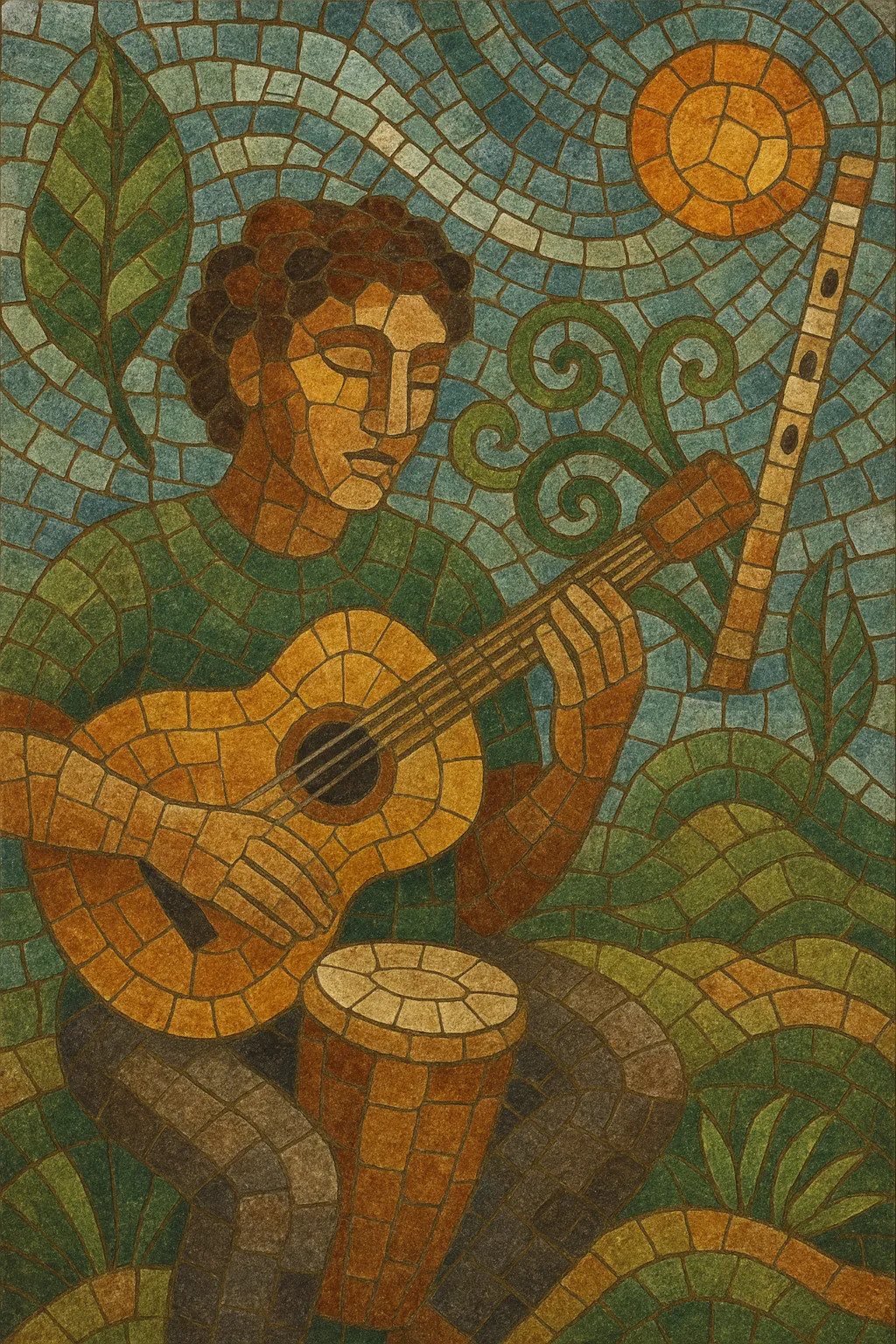
Organic house is a warm, earthy branch of house music that blends the steady pulse of club rhythms with acoustic timbres, hand-played percussion, and natural ambience. Instead of hard-edged synths and aggressive drops, it favors wood, skin, breath, and strings—think bongos, kalimba, nylon‑string guitar, ney and bansuri flutes, hang drum, and gentle field recordings.
Typically cruising between 110–122 BPM, it keeps a 4/4 foundation while using lightly swung grooves, intricate shaker patterns, and softly saturated textures. Melodies often draw on modal and folk traditions (Dorian, Phrygian, pentatonic), creating a contemplative, nomadic feel. The result is dance music that is intimate, human, and cinematic—equally at home on a sunlit dance floor or a deep-listening session.
Organic house emerged in the 2010s as DJs and producers sought a more human, acoustic counterpoint to increasingly synthetic and maximal club sounds. The movement coalesced around communities and events that valued long-form, emotive storytelling—most visibly the Burning Man desert scene in the United States—where extended sunrise/sunset sets encouraged subtler dynamics, live instrumentation, and global folk colors.
By the late 2010s, labels and parties such as All Day I Dream, Sol Selectas, and like‑minded imprints popularized the style, emphasizing hand percussion, organic foley, and melodic motifs over big “drop” structures. Streaming performances and scenic live recordings helped define its visual identity—deserts, forests, coastal cliffs—mirroring the music’s naturalistic tone. Around this time, major digital stores formalized the tag (often paired with “downtempo”), which further solidified community and discovery.
Producers leaned on 110–122 BPM tempos, sparse but warm kicks, layered shakers, bongos, congas, and darbuka patterns, plus acoustic instruments (guitars, flutes, oud, kora, kalimba, marimba). Harmony favored modal, folk, and non‑Western scales, while arrangements unfolded patiently with evolving textures, field recordings, and tasteful vocal phrases or chants.
In the 2020s, organic house spread globally, influencing melodic house/techno sets and hybrid live shows. Artists increasingly performed with small live ensembles or solo multi‑instrument setups, and festivals carved out sunrise or beach stages dedicated to its soft‑focus, transportive mood. The sound remains a bridge between club culture and acoustic/world traditions, prioritizing intimacy and narrative flow.

